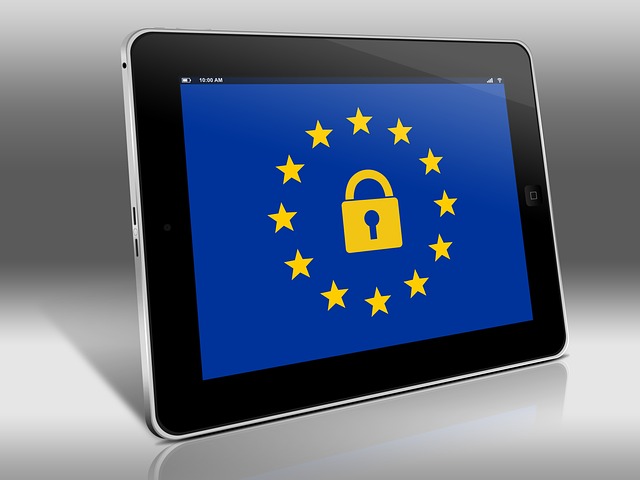
Unlocking the Power of GDPR Compliance in IT Security
In today’s digital age, where personal information flows seamlessly across the internet, the importance of privacy and data protection has never been more critical. Enter the GDPR (General Data Protection Regulation), a legislative framework designed to safeguard individual privacy rights within the European Union. But beyond just compliance, the realization of GDPR’s full potential can significantly enhance an organization’s IT security posture.
GDPR isn’t merely a regulatory hurdle; it’s a powerful catalyst for improving how organizations handle data. By carefully examining data processing activities, IT teams are prompted to adopt stricter protocols that not only comply with GDPR but also bolster overall information technology security. When organizations prioritize GDPR compliance, they naturally deepen their commitment to data integrity and protection.
Taking the first step towards GDPR compliance means conducting thorough data assessments. Understanding what data you hold, where it resides, and how it flows within your organization is crucial. This knowledge allows IT departments to establish robust security frameworks that protect sensitive data against breaches and leaks. Implementing advanced encryption methods, access controls, and regular security audits are just a few steps that can arise from GDPR compliance efforts.
Moreover, GDPR emphasizes the importance of transparency and accountability. By fostering a culture of accountability within IT teams, organizations can empower their employees to take ownership of data management practices. Regular training sessions on data protection principles not only help in adhering to GDPR but also encourage a more security-minded workforce. This widespread awareness leads to fewer security incidents, as employees become guardians of sensitive information.
One of the most compelling aspects of GDPR is its focus on consent and the rights of data subjects. IT systems need to be designed to ensure that individuals can easily access, rectify, or delete their personal data. This requirement pushes the boundaries of conventional IT security practices and encourages the development of user-friendly systems, ultimately enhancing both security and user trust. Building IT infrastructures that respect user rights fosters an environment where data privacy is prioritized, further solidifying compliance with GDPR.
As organizations navigate the complexities of GDPR, the importance of continuous monitoring cannot be overlooked. The regulatory landscape is ever-evolving, and staying ahead means regularly revisiting and updating data protection practices. Employing advanced technologies such as artificial intelligence and machine learning can assist IT teams in identifying potential vulnerabilities and responding swiftly to emerging threats.
In a world increasingly driven by data, embracing GDPR should not be seen as a burden but as an opportunity to elevate IT security. Organizations that commit to these principles will not only achieve compliance but will also set themselves apart as leaders in data protection. By acknowledging the transformative power of GDPR, organizations can unlock new levels of trust and confidence, solidifying their reputation in an environment where data breaches are all too common.



